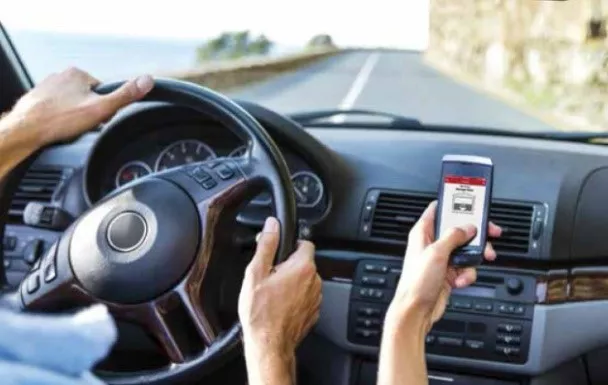Pressing the button on your garage door opener’s remote will make it slide open or closed – unless you are suffering a power outage. Those of us who use the devices count on them to operate properly, yet we don’t know much about just how those devices work. To be sure you can do some basic troubleshooting and know when to call for service, we offer the following guide to all you should know about your garage door opener.
Know the different types
For the most part, the vast majority of garage door openers in North America are what are known as central mounted types. What this is means is that it is mounted to the center of the garage ceiling and door, and by “it” we mean the motor and the components responsible for the door’s operations.
With the rise of cathedral ceiling garages, though, another style has become necessary, the Jackshaft openers, that are mounted to the side of the door rather than above it and in the center.
Know about drives
In addition to there being common types of mounts, there are also common types of drives. The most common is the chain that is very similar to the sort of chain you see on a bicycle. There are combination options that use metal cables and chains, “screw drive” designs (the least common style), and there are also rubber belt drives that feature belts with reinforced steel, like that used for making car tires. Though quieter, they are not as common.
Know about motor strengths
The drives are run by motors, and in today’s systems you see either all AC-type (alternating current) door openers or DC-type openers. How are they different? The AC motors feature horsepower and have around ½ or ¾ HP. The DC motors have similar strength but do not have HP. Instead, they are rated in Newtons. Additionally, the DC motors will start slowly, increase to regular speed, then slow before stopping.
No matter what sort of motor, it is important to note that each is calibrated to lift up to 225 lb. (100 kg.), as well as pushing that same amount of weight downward. This is why any garage door professionals emphasize the need to ensure doors are well balanced. Balance is attained through the spring system that is a counterweight to the total weight of your door. When it is done properly, the “dead weight” of the door feels only between 8 to 10 lb. (4 to 5 kg) and can be easily opened with a single hand.
Know how remotes open doors
In addition to knowing how the doors function, it is helpful to understand how remotes can open and close doors. Essentially, they operate a two-part system with the remote featuring a radio transmission and the motor unit featuring the receiver. The remote typically sends a radio wave on a precise frequency, 315, 315 or 390 MHz, which is picked up by the receiver in the motor housing. Clicking the remote cues the door to open or close accordingly.
And what if clicking that remote fails to make the door work? This is a big reason behind service calls to garage door technicians, and yet once you understand how the system works (receiver-transmitter), you can do some troubleshooting on your own. For example, is there power to the system? Maybe the power to the home is out or batteries in the remote are dead?
One thing you can be sure of is that no one has taken over the system…
Debunking signal pirating myths
One unusual, but not uncommon, question posed by homeowners is whether someone has pirated their opener’s signals. They fear thieves might be targeting the home or even a a plane passing over a house has interrupted signals. These are myths! The openers use radio frequencies and carefully controlled wavelengths.
Although a door opener manufactured before 1993 relies on a technology based on DIP switches (put in +, 0 or – positions) with up to eight positioning clips, the likelihood of the signals being pirated is minimal to none.
It has been since 1993 that firms like Chamberlain (owner of LiftMaster and Craftsman brands), have integrated the SECURITY+ system into openers and remotes. These have around 1 billion possible codes and each code is used once and changed automatically by the device. Chamberlain has also, since 2013, featured their MyQ that allows your opener to interact with your WiFi, allowing you to operate it from your mobile phone, tablet or laptop.
All of these refinements make it impossible for your opener’s signals to be interfered with, or the security of the home to be jeopardized.

Know about Reversal Systems and Safety
It is not only signals that are secure. Since 1993, all door openers sold in North America are legally obligated to feature two automatic reversal systems.
One system uses photo eyes consisting of two small units mounted on opposing sides of the door (around 4 to 6 inches) from the ground. One sends out an invisible beam and the other has a mirror reflecting it back. Should something break the beam, it signals the door to stop and reverse direction.
The other system is mechanical and is able to sense resistance, such as hitting an object or person along the bottom panel. If this occurs, the door will stop automatically and reverse direction.
Any Questions?
If so, just contact us toll free at 705-322-0136. With our years of expertise in garage doors and openers, we can help you to make best choice to for your budget and situation. Whether you need us to send a simple quotation via email, or you want to stop in and use our Design Centre to assist you testing certain doors on an image of your home, we are happy to help. You can also head to our image gallery for a bit of inspiration.









Add new comment